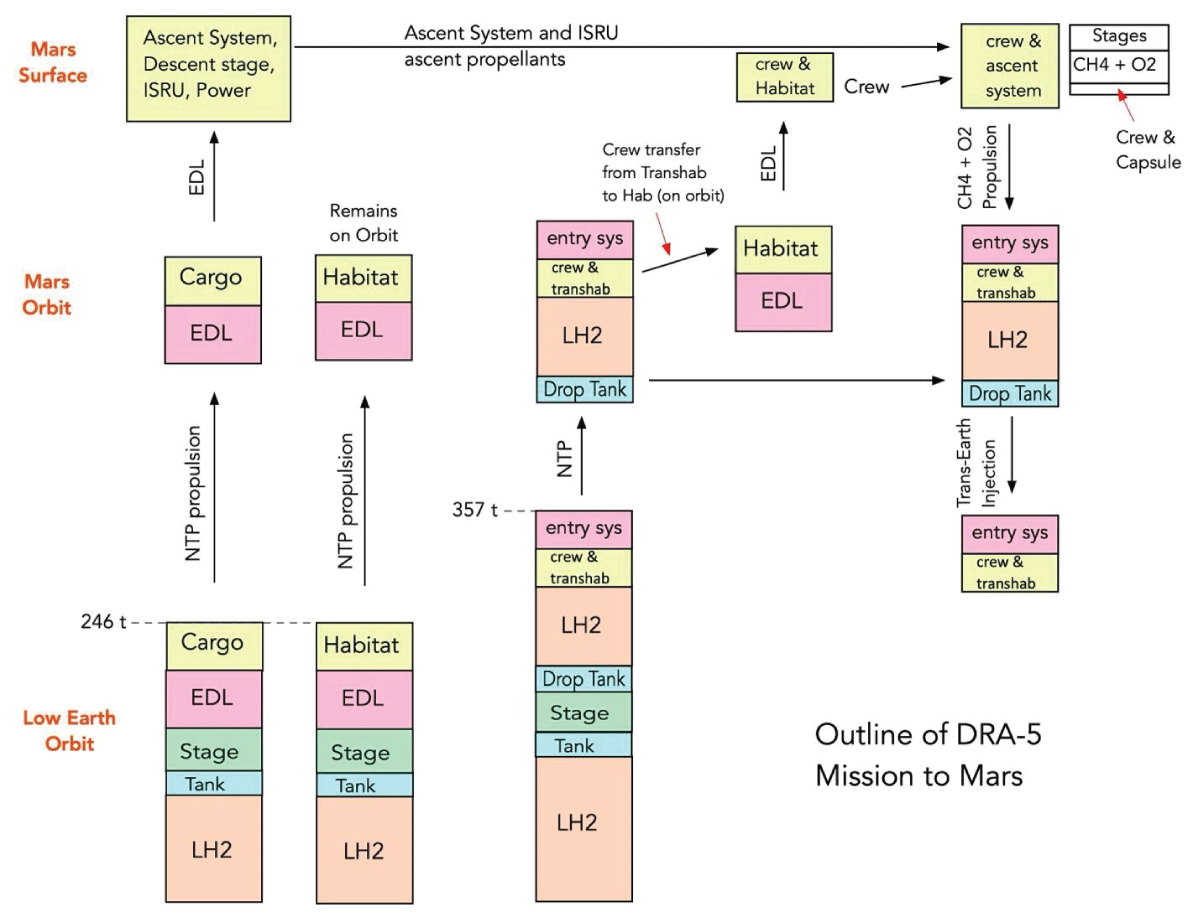Article Explorer

Will SpaceX Send Humans to Mars in 2028?
AI-Driven Smart Auditory Health Systems: Bridging Audiology and Public Health in Low- and Middle-Income Countries
Impact of Insect Growth Regulators on Maize Stem Borer: A Recent Research Insight
 Review Article
Review Article
Will SpaceX Send Humans to Mars in 2028?
In recent years, SpaceX posted several glossy websites claiming they would implement a very ambitious human mission to Mars as early as 2028. This is an innovative mission concept using several 100 MT “Starships” to transport multiple 100 MT payloads to the Mars surface and return the crew directly to Earth without a rendezvous. Although many details are not available, it has been revealed that it would utilize 1,200 MT of CH4 and O2 propellants in LEO, and an additional 1,200 MT of ISRU-generated CH4 + O2 propellants on Mars for the return flight. The landed crew would number 12. It would land about six Starships on Mars, requiring about 72 heavy lift launches to fuel the vehicles in LEO. The challenges include landing a 200 MT loaded Starship on Mars, a massive water-based ISRU system to provide propellants on Mars, and launching many vehicles within a launch window. While reducing mass was a central theme years ago, launch costs have decreased sharply, and reducing mass is no longer a priority. The SpaceX mission maximizes mass to reduce risk and maximize accomplishments. In this study, an attempt was made to determine whether mass allocations for such a mission are feasible. The results suggest that it might be theoretically possible for SpaceX to carry out a variety of such missions. However, the SpaceX mission faces herculean challenges and probably is at least three decades away. Nevertheless, the general approach is probably more relevant today than the NASA architectures generated so far. The claim of landing humans on Mars in 2028 seems overly ambitious.






